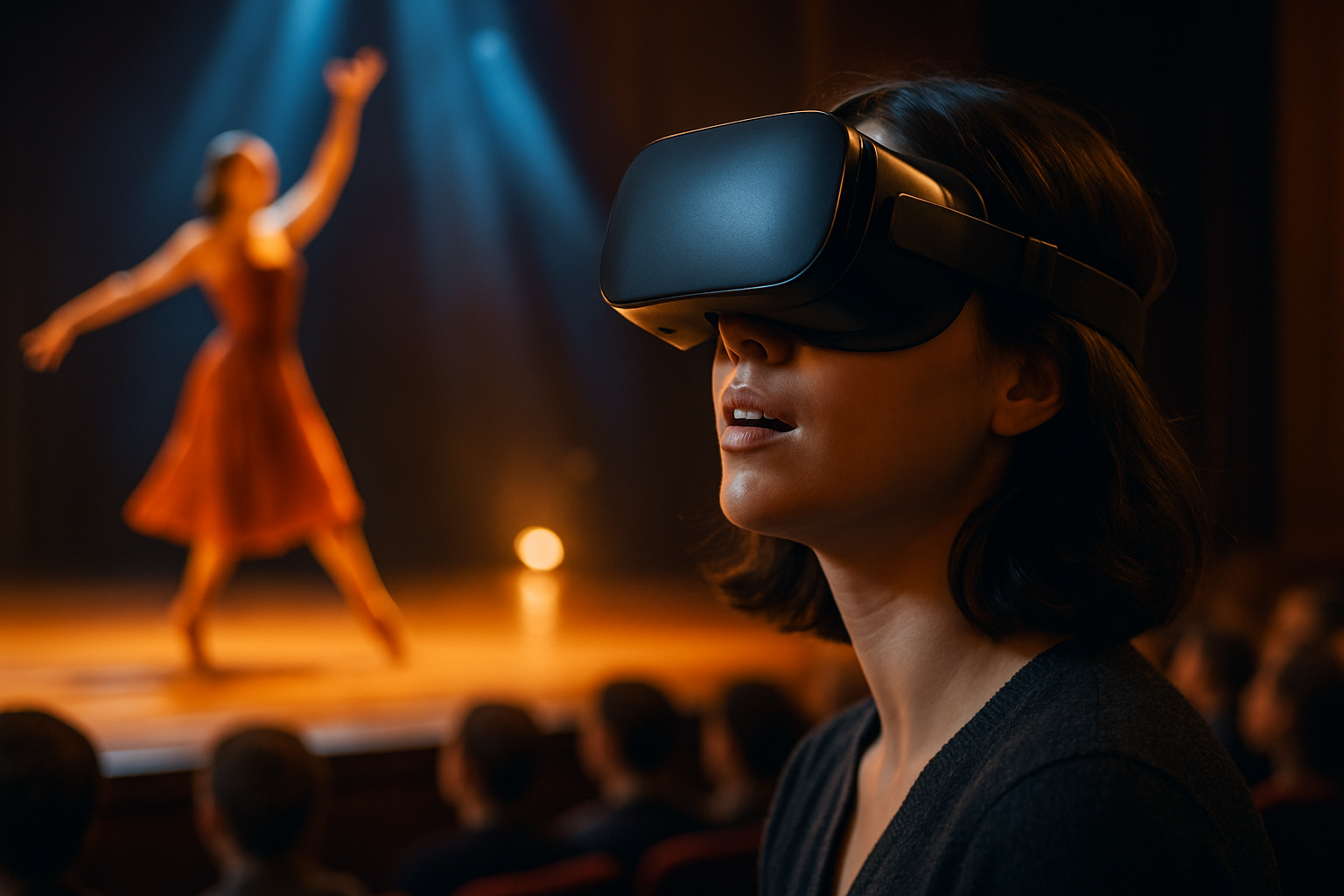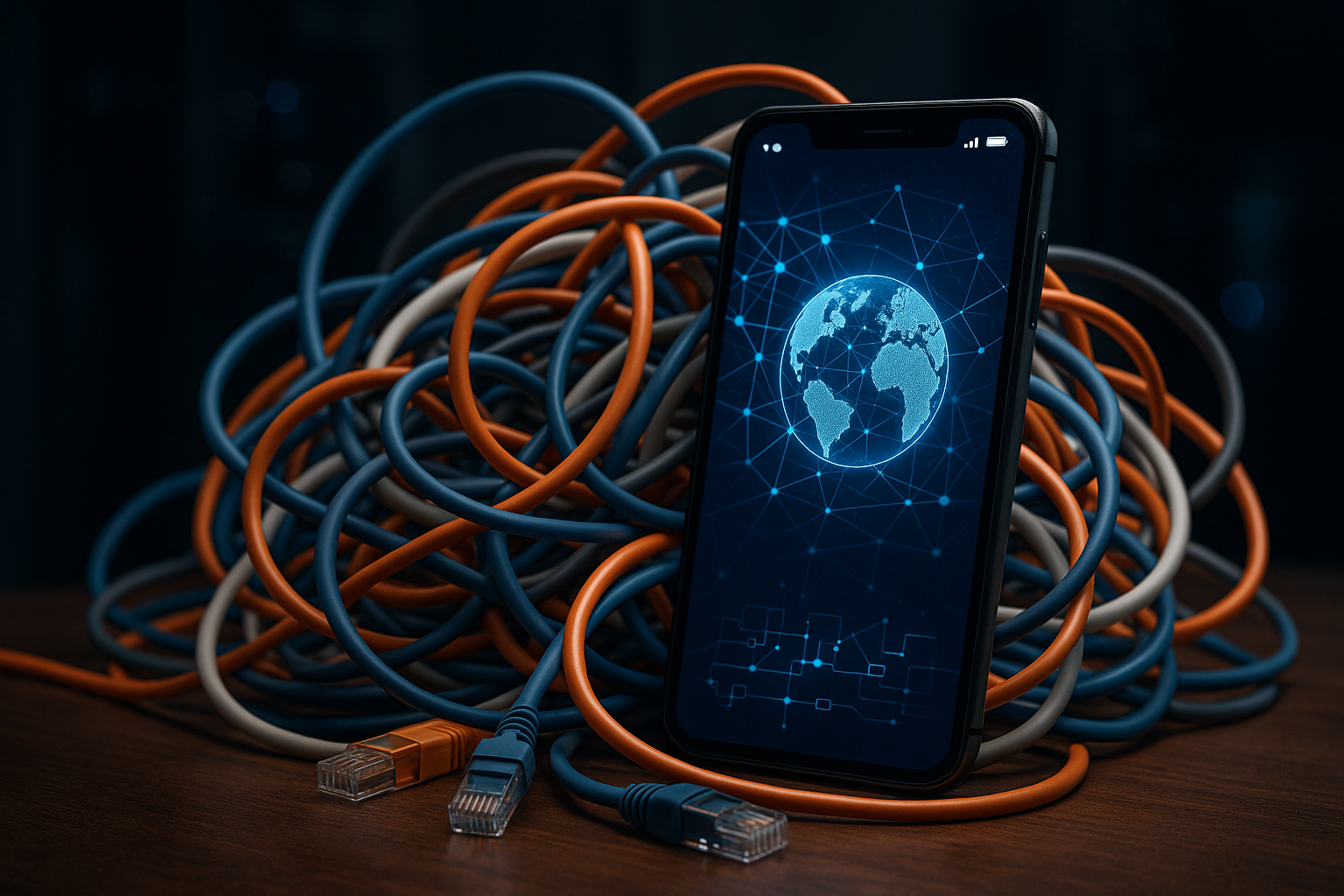Holographic Storytelling: The Future of Narrative Art
In the ever-evolving landscape of artistic expression, a groundbreaking medium is emerging that promises to revolutionize the way we experience stories. Holographic storytelling, a fusion of cutting-edge technology and traditional narrative techniques, is poised to redefine the boundaries between reality and fiction. This innovative art form harnesses the power of three-dimensional projections to create immersive, interactive narratives that blur the lines between observer and participant. As artists and technologists collaborate to push the limits of this nascent medium, we stand on the cusp of a new era in storytelling that could fundamentally alter our relationship with art and entertainment.

Blending Reality and Fiction
One of the most compelling aspects of holographic storytelling is its ability to seamlessly blend the physical world with digital creations. Unlike traditional forms of media, holographic narratives can occupy the same space as the audience, creating a sense of presence and immediacy that is unparalleled in other art forms. This unique characteristic allows storytellers to craft experiences that feel tangible and real, even as they defy the laws of physics and reality.
Interactive Narratives and Audience Participation
Holographic storytelling opens up new possibilities for audience participation and interaction. As viewers move through a holographic installation, they can influence the narrative in real-time, making choices that affect the outcome of the story. This level of engagement transforms the audience from passive observers to active participants, creating a deeply personal and memorable experience. Artists working in this medium are exploring ways to incorporate gesture recognition, voice commands, and even biometric feedback to further enhance the interactive elements of their narratives.
Technological Challenges and Innovations
Despite its enormous potential, holographic storytelling still faces significant technological hurdles. Creating high-quality, full-color holograms that are visible from multiple angles remains a challenge, as does developing systems that can render complex holographic environments in real-time. However, recent breakthroughs in light field displays, volumetric capture techniques, and artificial intelligence are rapidly advancing the field. Researchers and artists are collaborating to overcome these obstacles, pushing the boundaries of what is possible with holographic technology.
The Impact on Traditional Storytelling Mediums
As holographic storytelling continues to evolve, it raises questions about its potential impact on traditional forms of narrative art. Will holographic experiences replace movies, theater, or literature? Most experts believe that rather than supplanting existing mediums, holographic storytelling will complement and enhance them. We may see hybrid forms emerge, where holographic elements are integrated into live performances or used to create immersive adaptations of classic literature.
Ethical Considerations in Holographic Art
The development of holographic storytelling also brings with it a host of ethical considerations. As the line between reality and fiction becomes increasingly blurred, artists and technologists must grapple with questions of consent, privacy, and the potential psychological impact of highly immersive experiences. There are also concerns about the accessibility of this technology and the potential for creating a divide between those who can afford to experience holographic art and those who cannot.
The Future of Holographic Narratives
Looking ahead, the future of holographic storytelling appears bright and full of possibilities. As the technology continues to advance and become more accessible, we can expect to see a proliferation of holographic installations in museums, theaters, and public spaces. Artists from diverse backgrounds are likely to embrace this new medium, bringing their unique perspectives and cultural influences to create a rich tapestry of holographic narratives.
Conclusion
Holographic storytelling represents a paradigm shift in the way we create and consume narrative art. By merging the physical and digital realms, it offers unprecedented opportunities for immersion, interaction, and emotional engagement. As this technology matures and becomes more widespread, it has the potential to redefine our understanding of storytelling and open up new avenues for artistic expression. While challenges remain, the rapid pace of innovation in this field suggests that we are only scratching the surface of what holographic narratives can achieve. As we look to the future, it is clear that holographic storytelling will play a significant role in shaping the landscape of art and entertainment for generations to come.




